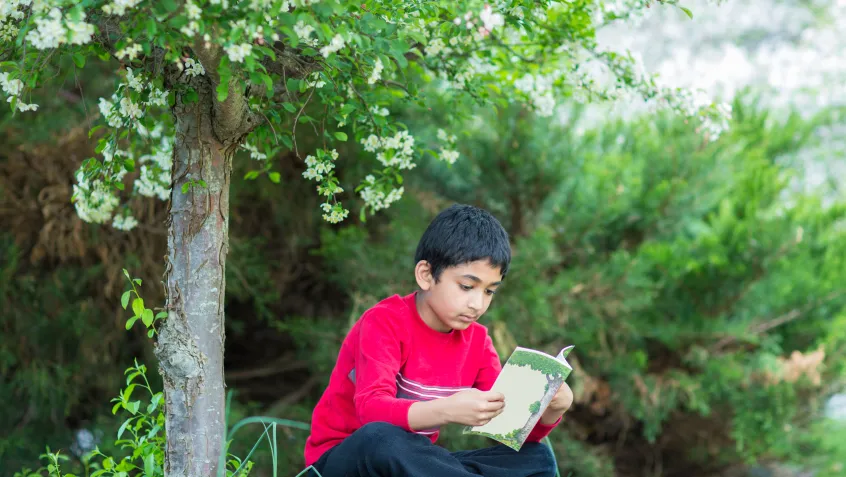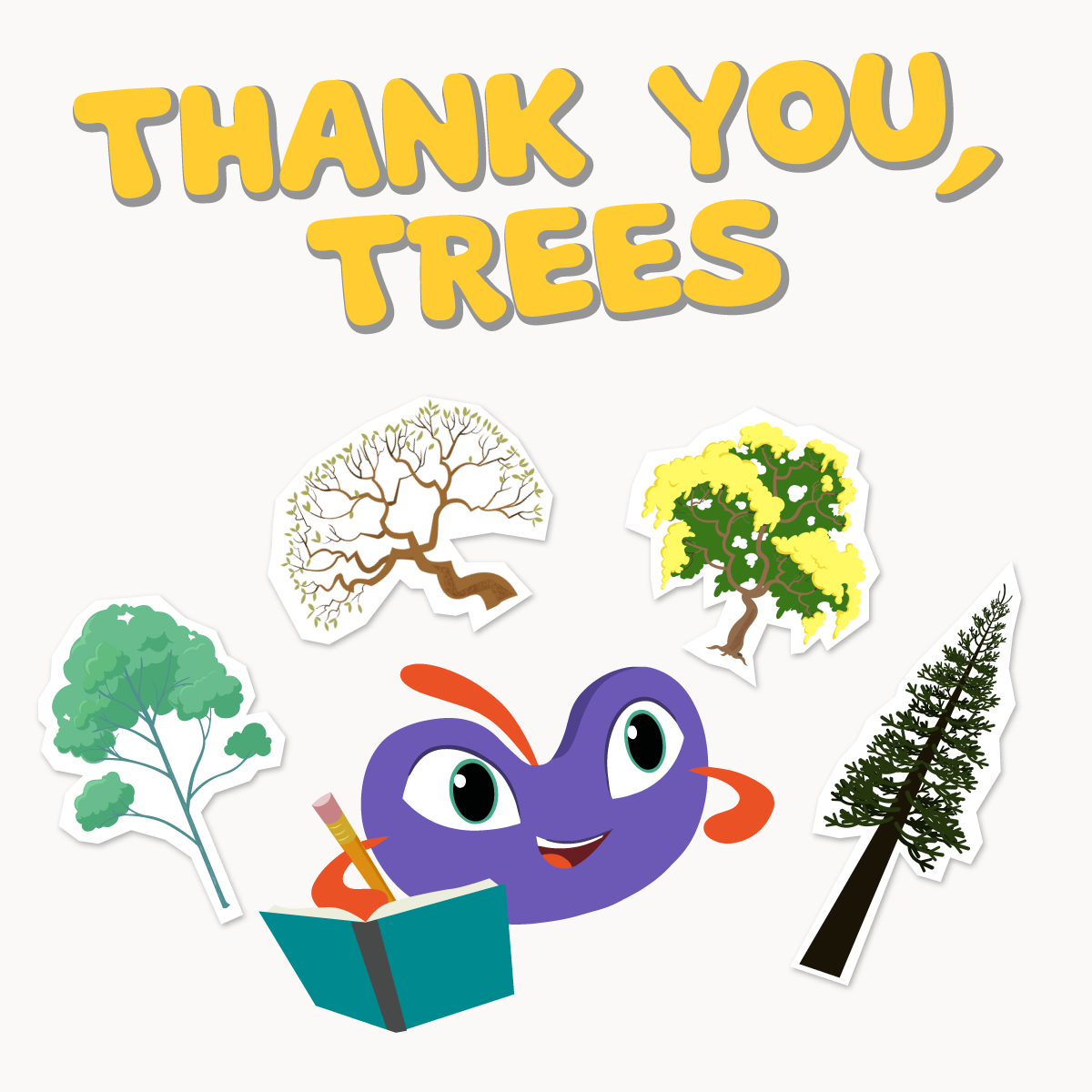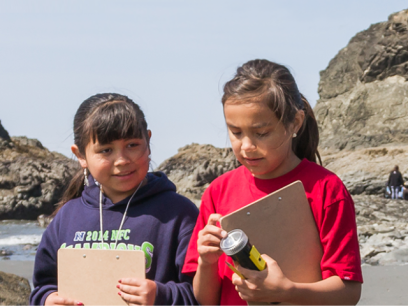
Trees are vital to the health of not only all forest ecosystems, but the health of the entire planet. They provide oxygen, filter pollutants, and offer shade on a hot summer day, just to name a few of the many ways humans benefit from the presence of trees. Take a second to learn more about everything trees do for us!
Featured Activity:
PBS KIDS PLUM LANDING created the Backyard Mission, “Thank You, Trees!” to provide a fun way to start a discussion with your students about the importance of trees and acknowledge some of the trees that are important to their lives.
Plum's Nature Sketchpad is an open-ended digital drawing activity that lets kids create their own PLUM LANDING artwork. Kids can save their creation or send it to Plum for possible inclusion on the site's regularly updated galleries. If your kids don't have computer access, this can be a great pen-and-paper activity, too.
Use the conversation starters below to help guide students through the Backyard Mission:

Download "Thank you Trees Conversation Starters"
More Activities:

Still looking for more ways to teach about trees? Check out these additional lesson plans and educator resources:
- Project Learning Tree's Focus on Forests resource collection and student activities provide an opportunity for hands-on study of forest resources while addressing concepts in biology, civics, ecology, economics, forest management, and other subject areas.
- Discover the Forest has fun ideas for what to do on your next forest adventure, including more outdoor activities from PBS KIDS PLUM LANDING!
- Natural Inquirer features lesson plans that can be used in connection to articles and issues from the publication or separately, and are designed to teach students about many different environmental topics, including the importance of trees or the role of biodiversity in urban forest environments.
- Continue investigating trees in your backyard, schoolyard, or park with National Wildlife Federation's Tree Detective lesson plan and help students improve their tree identification skills and knowledge of local habitats.
- In the Urban Trees lesson, presented by the Nature Conservancy, students learn how trees renew our air supply by absorbing carbon dioxide and producing oxygen, and how they clean our air by filtering out dust and greenhouse gases. Students also learn to identify tree species and the species that threaten them, and develop a plan for protecting and promoting trees in their own community.


